Currently, there are four key areas of human existence in which technology companies want to get involved. It concerns the home, workplace, car and gyms or fitness centers. When you take these areas and apply them to Apple's product strategy, you can see some obvious connections. Mac, iPhone and iPad rule more in the workplace, less so in the home. The gym owns an Apple Watch and AirPods. You will be left with a car and a home, i.e. two places where there is still some space.
Whether we will see the Apple Car itself is difficult to judge. At least Car Play is deployed by almost every brand. The household is also not famous. We can find Apple TV and Homepod mini here, but that's where it starts and ends. But what could Apple do here to make automating our homes even easier than ever? The answer is not complicated. The company could make its own light bulbs, switches, sockets, locks, cameras and, of course, routers.
Current unhappy situation
Amazon makes a lot of products, like its own thermostat, outlets, cameras, and even a smart soap dispenser. Of course, this ecosystem is better than Apple's at the moment, although many manufacturers have integrated its HomeKit platform, can you put your hand in the fire for their quality? If there will be an Apple "sticker" on the product, then clearly it is. Third-party HomeKit accessories are still made by someone completely different, they just have a certain certification.
It could be interest you
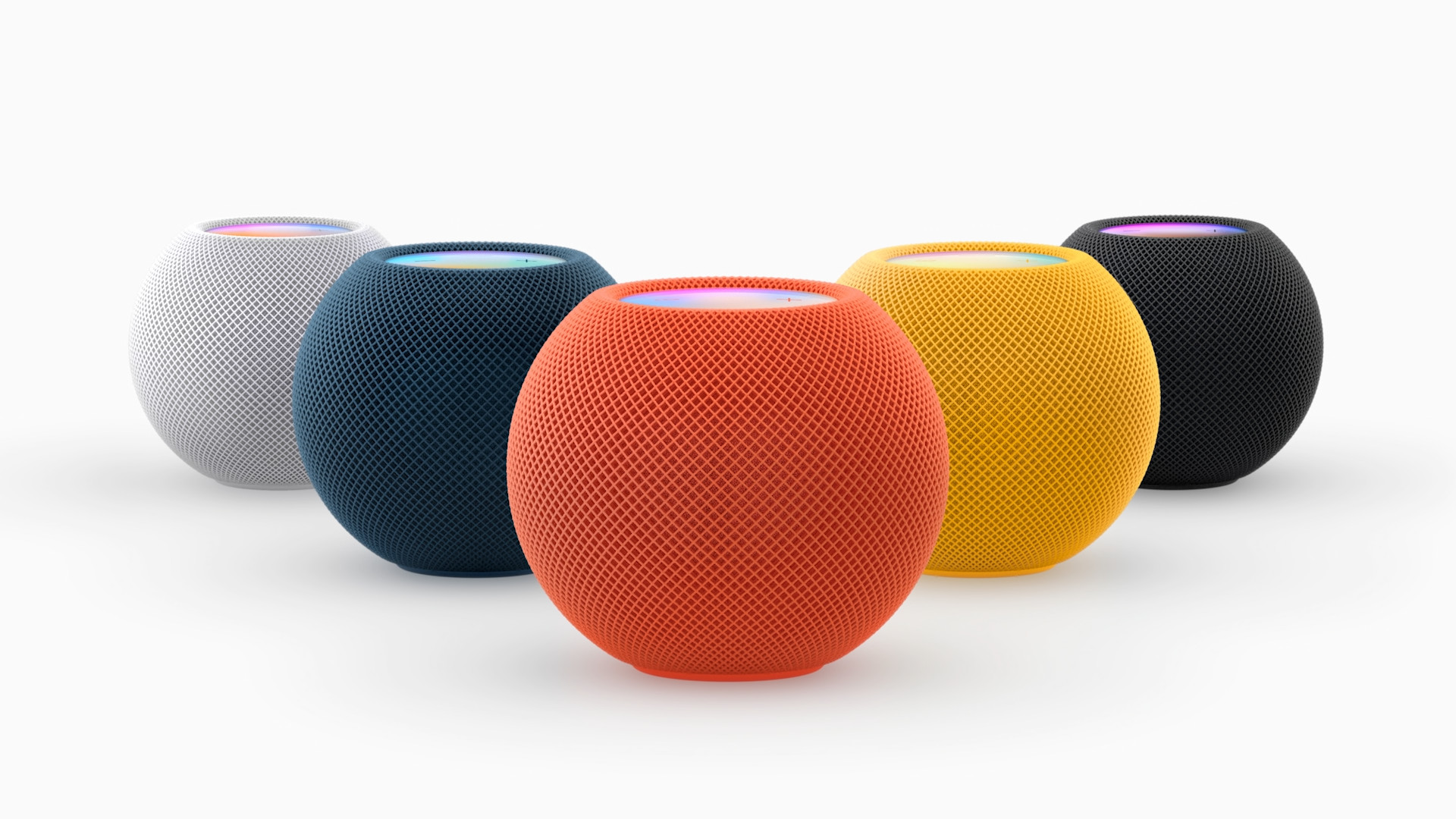
For HomeKit to be truly successful, the company needs to give consumers a clear and best possible purchase option. With the HomePod, everyone would throw a set of light bulbs, a camera, a smart lock and possibly a router into the shopping cart (either physical or virtual), which, after all, Apple used to do. And now imagine the activation of such devices, which could take place as in the case of AirPods. There is simply nothing simpler. Well, maybe yes, and that by completely automatic configuration.
Automatic configuration
Anyone who has ever set up new smart home devices knows that HomeKit devices can be a frustrating experience at times. Patented system however, it should be able to determine everything automatically. It could cleverly generate a floor plan of a room (and even a building) based on basic data and distances without the need for user input or interaction. Because once he knew the floor plan, he could intelligently guess the purpose of each new piece of smart home kit added.
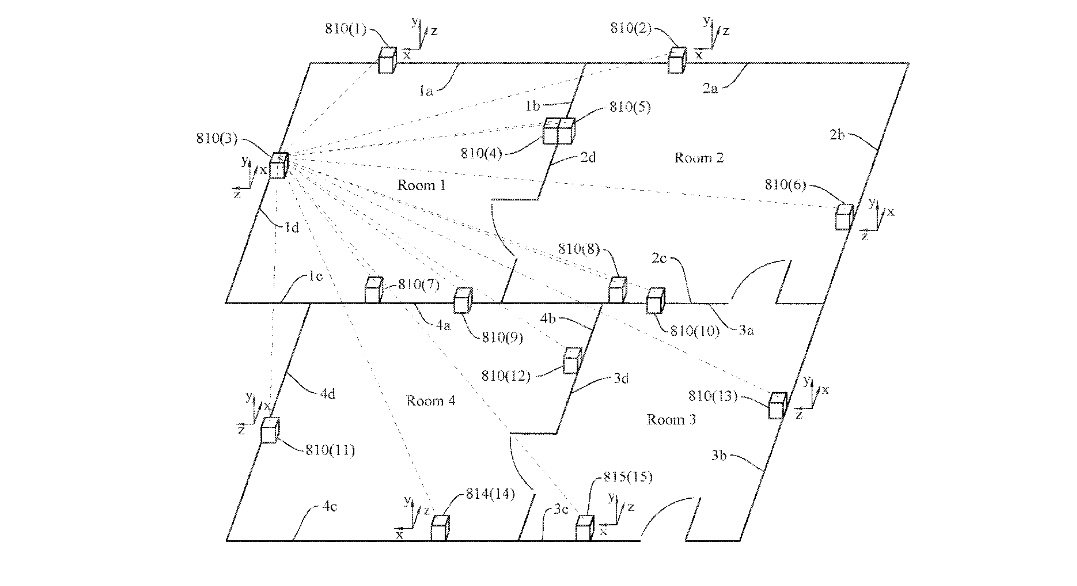
Here, the modular wall panel presents some standard basic units such as sockets and switches, into which you can plug in or control various hardware units. The hardware devices will then automatically detect your smart home, as well as what they are supposed to do. Patent after all, Apple already has a "smart" socket.
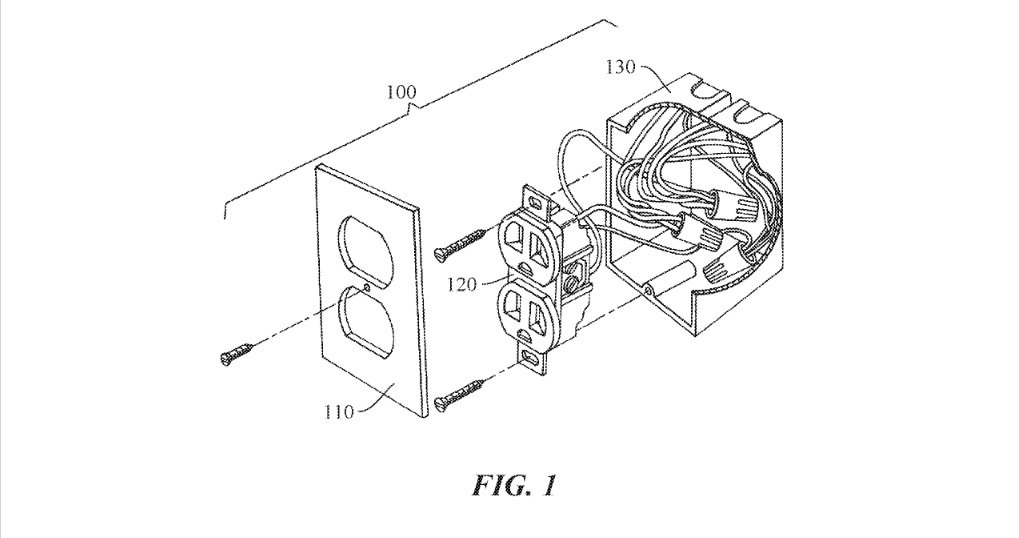
Other possible products
Apple first introduced the intercom feature, albeit named as a walkie-talkie, in the Apple Watch. A few years later, he came up with a more advanced version in the HomePod. His patent application however, he describes how the company could bring another, more advanced form of it – in headphones, typically AirPods, in noisy environments or in times of “covid” when multiple people share the same household but cannot be in close proximity.

After all, there has been a lot of speculation over the last year about the arrival of HomePod combined with Apple TV. This was the case even before the spring conference, at which we only got to see the new Apple TV 4K. It's quite a shame that with the resources and capabilities Apple has, its smart home portfolio is so austere. Hopefully we will see a drastic expansion soon. Such a Spring Keynote focused purely on the home would definitely be a benefit.
It could be interest you
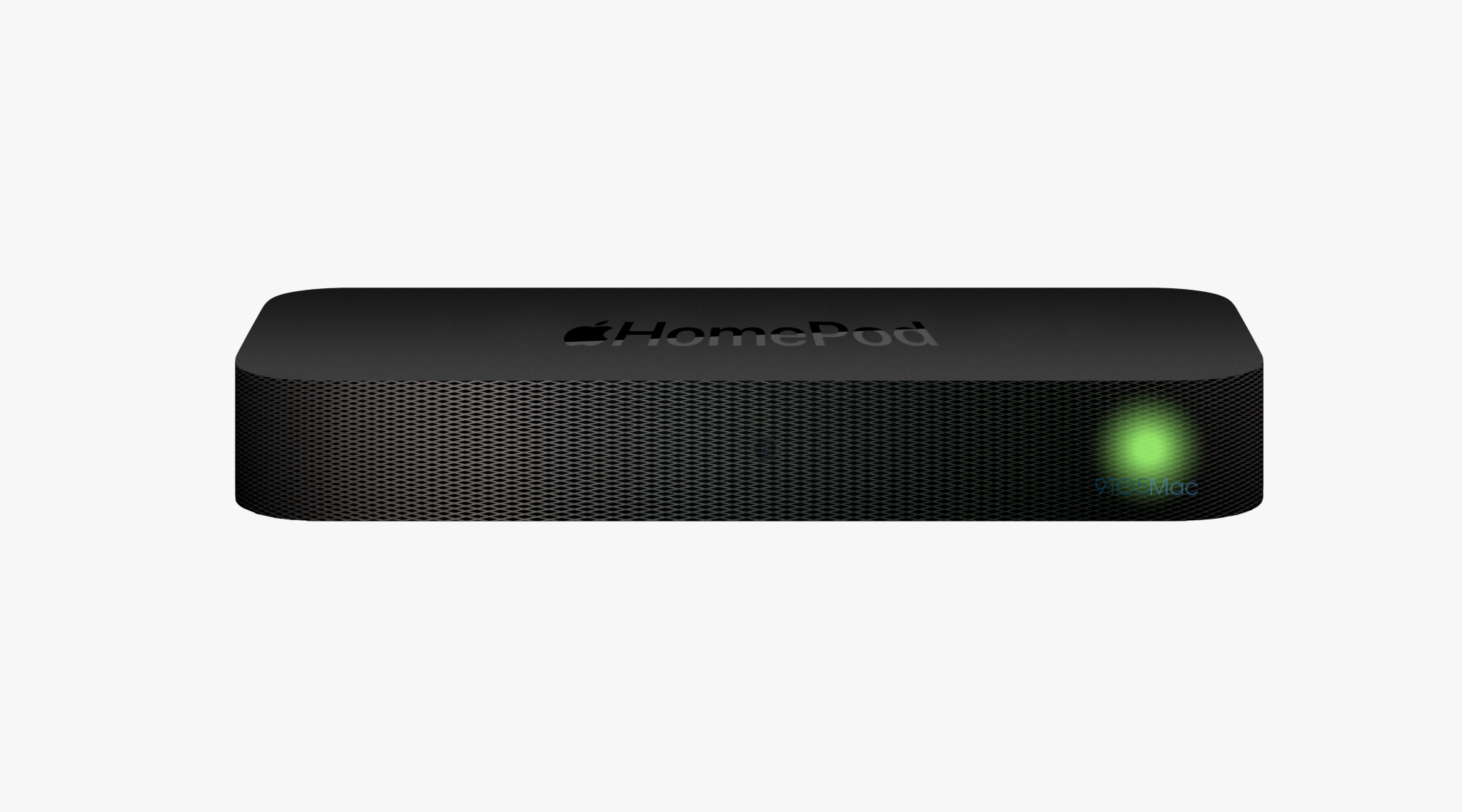

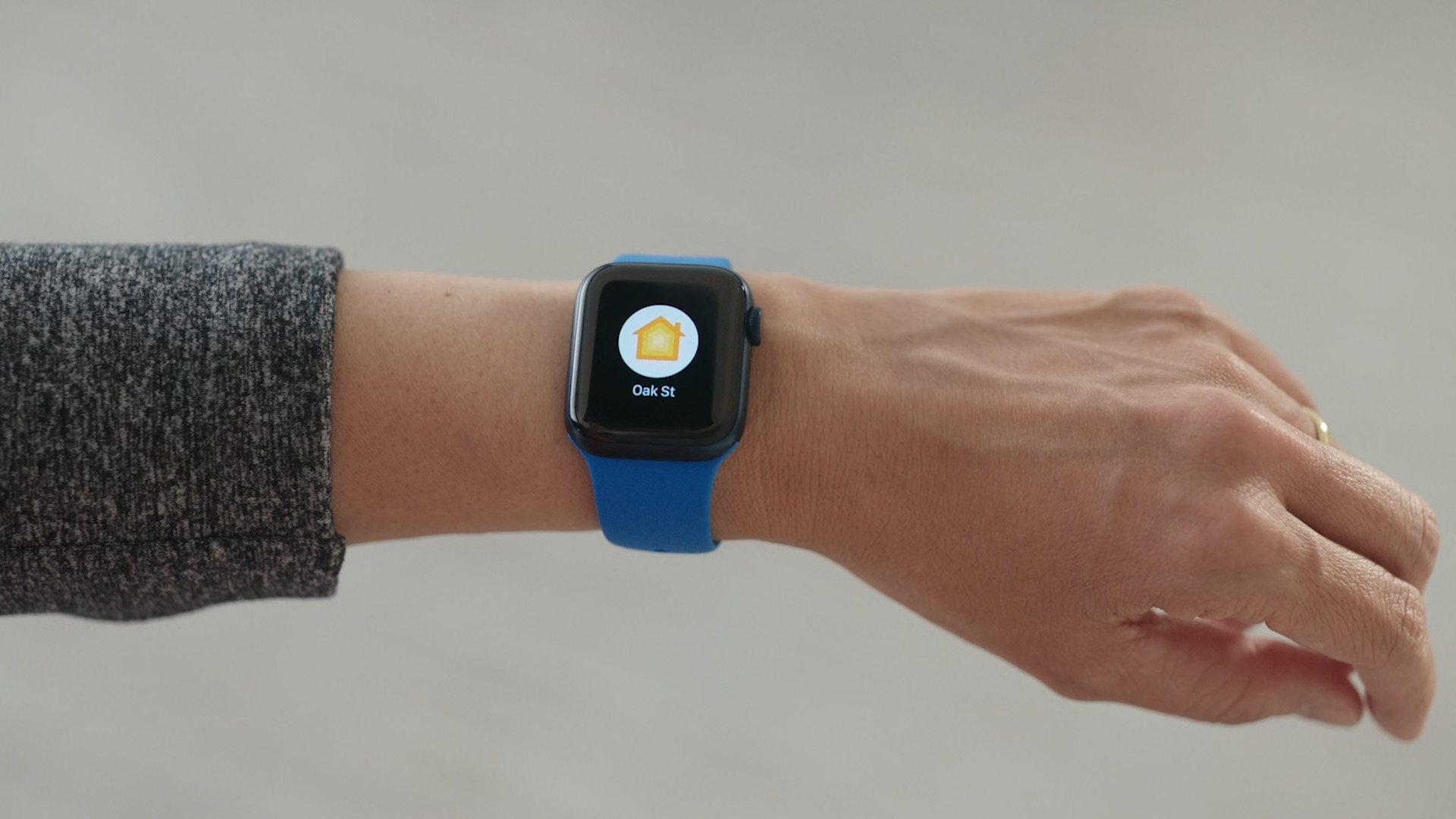
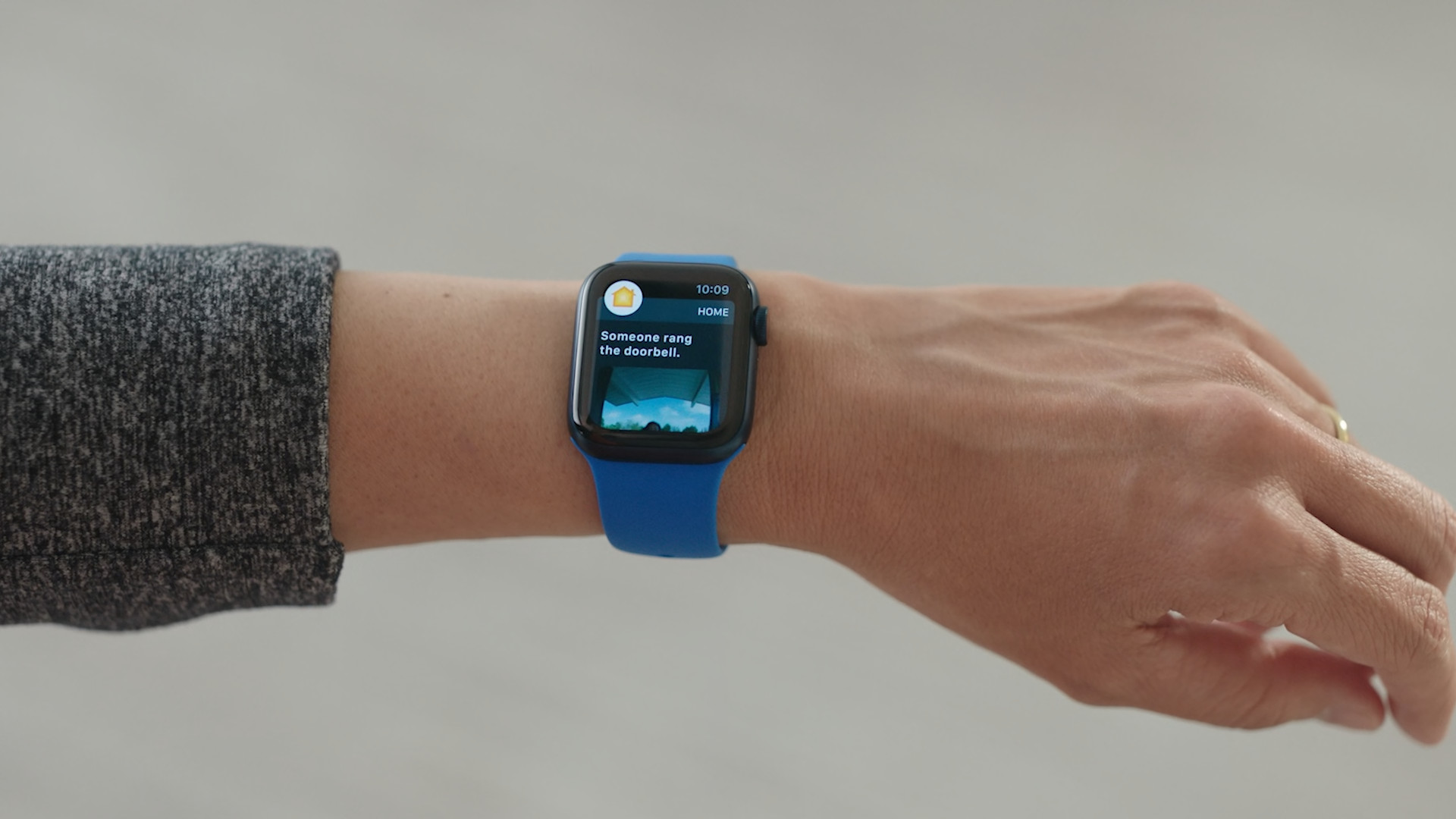
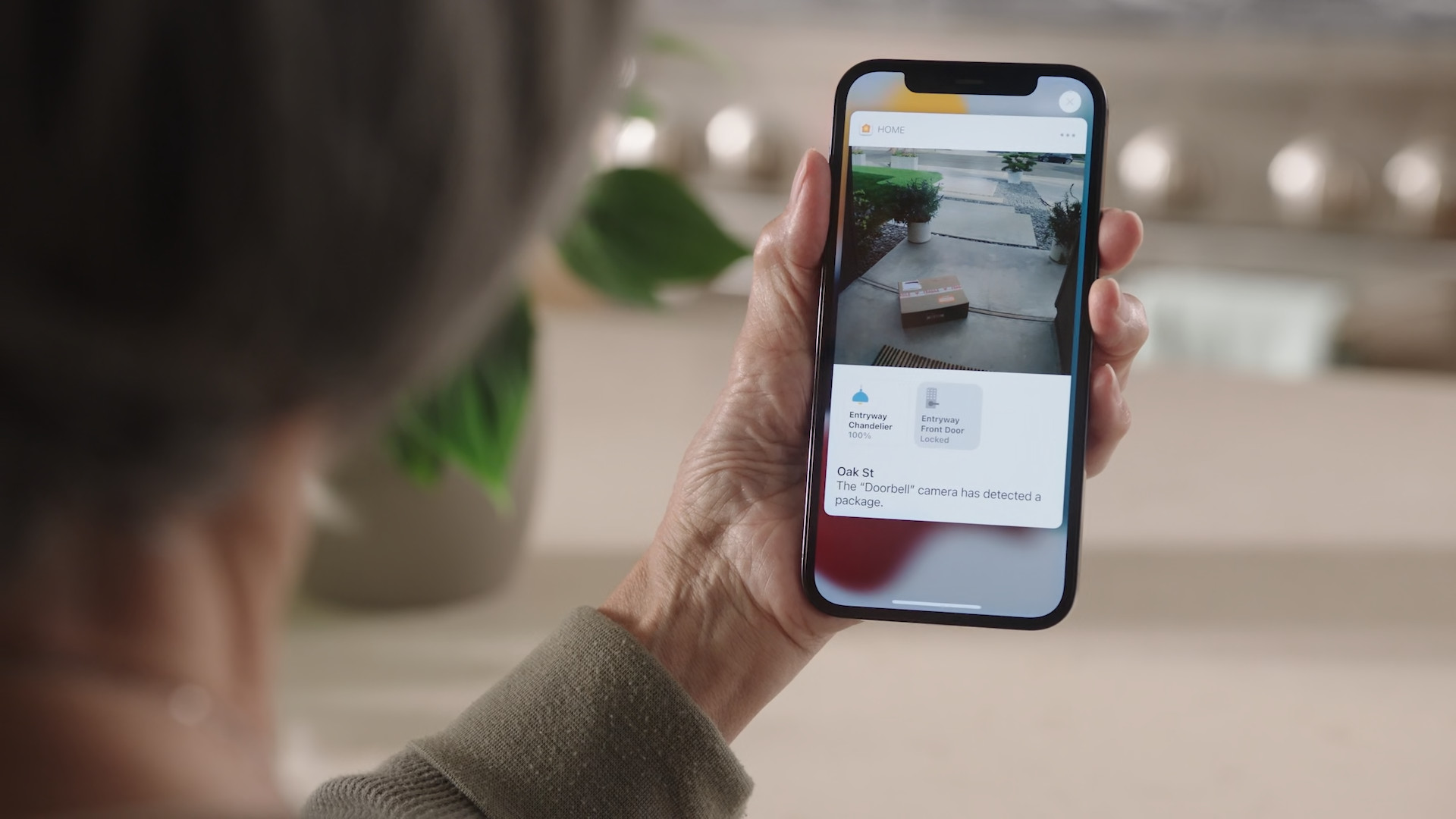
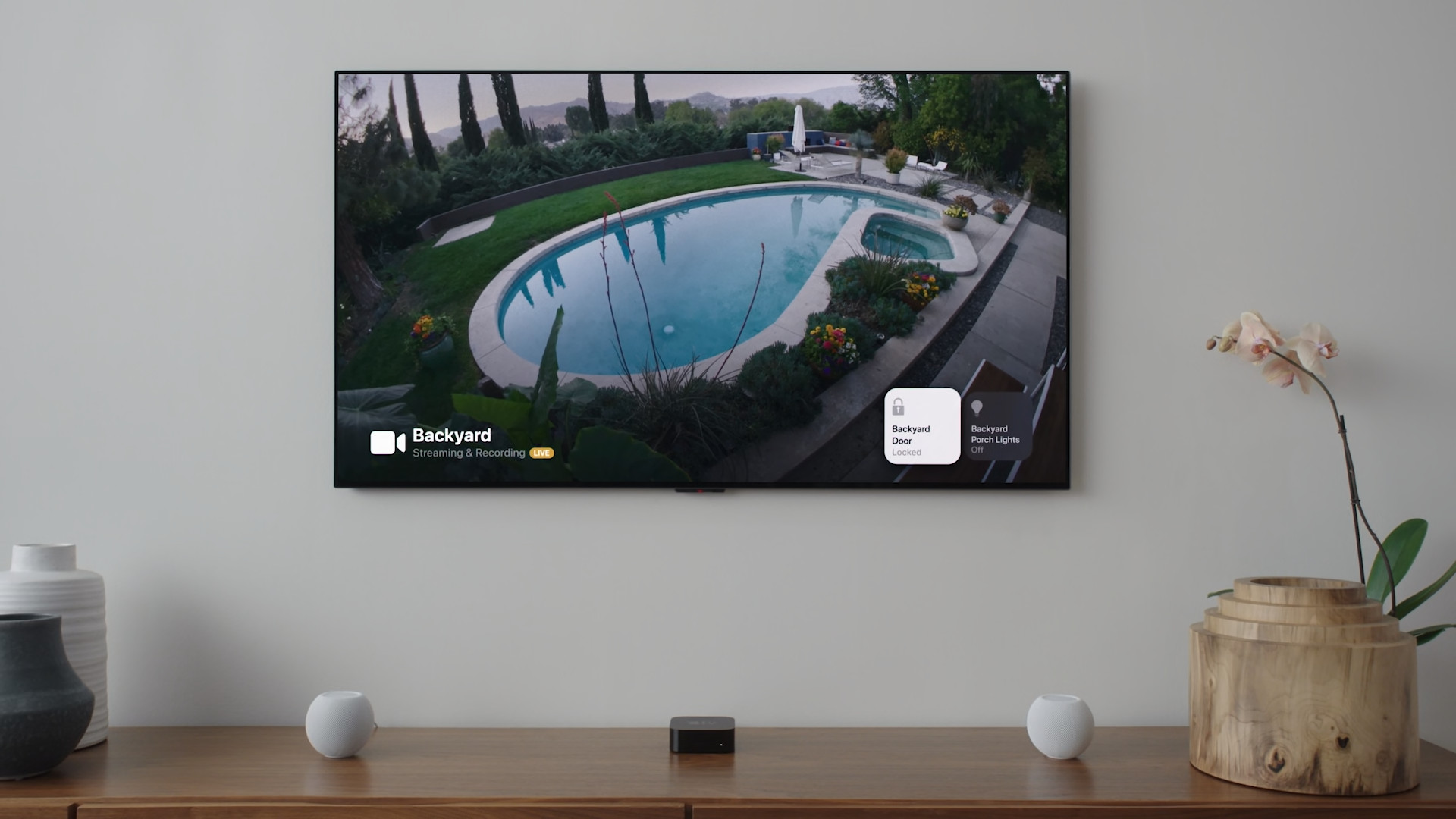
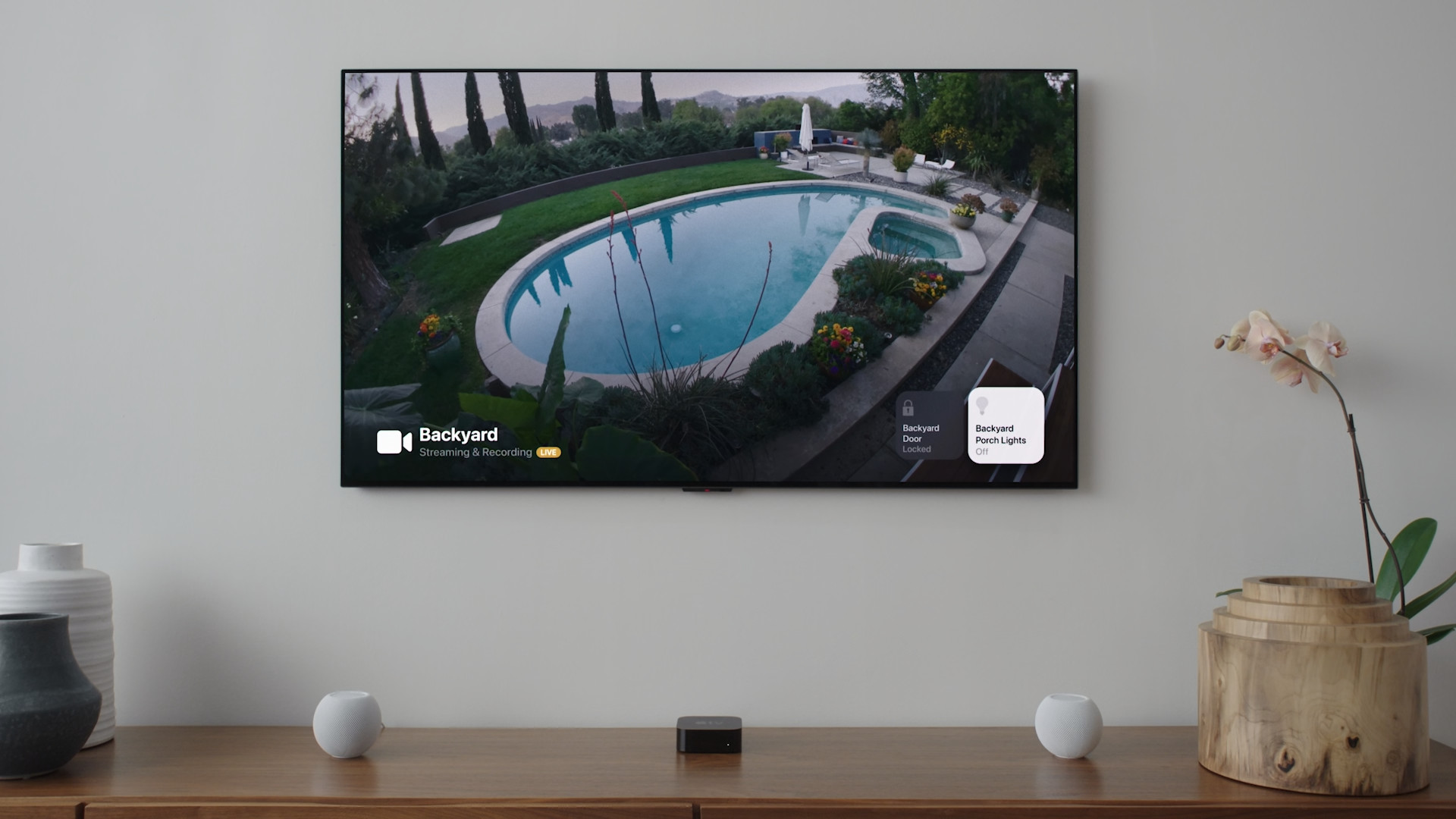

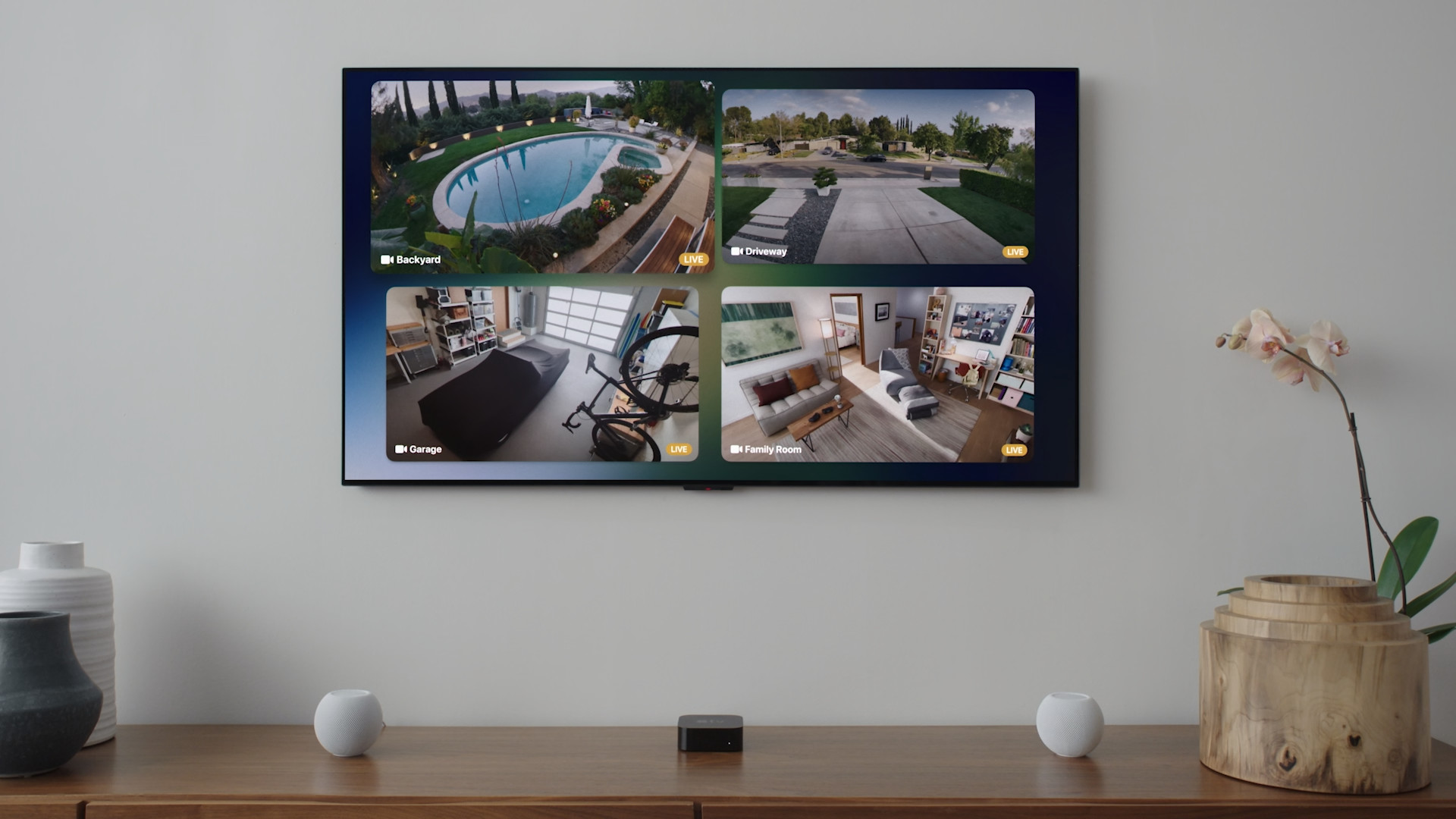
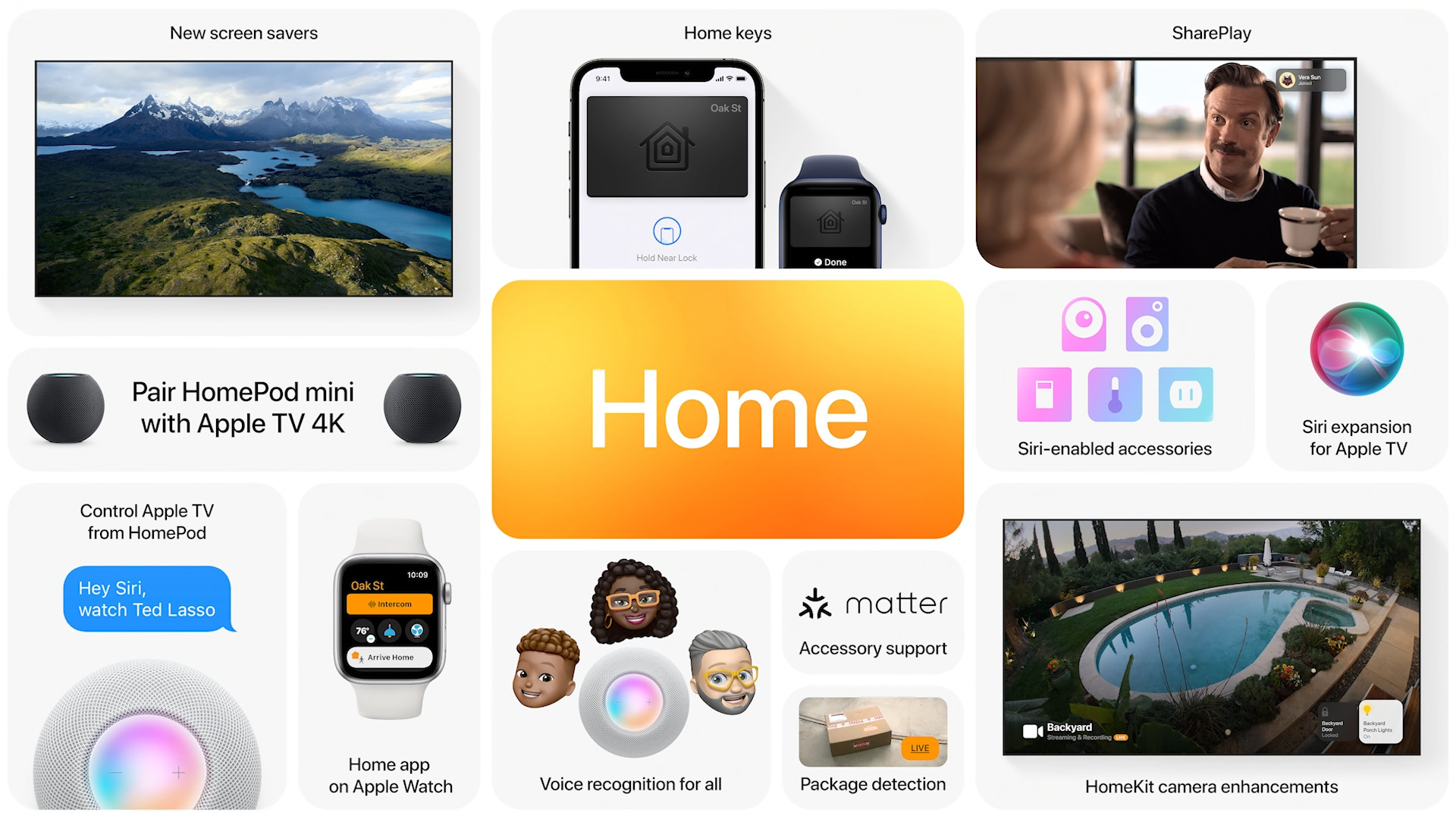
 Adam Kos
Adam Kos